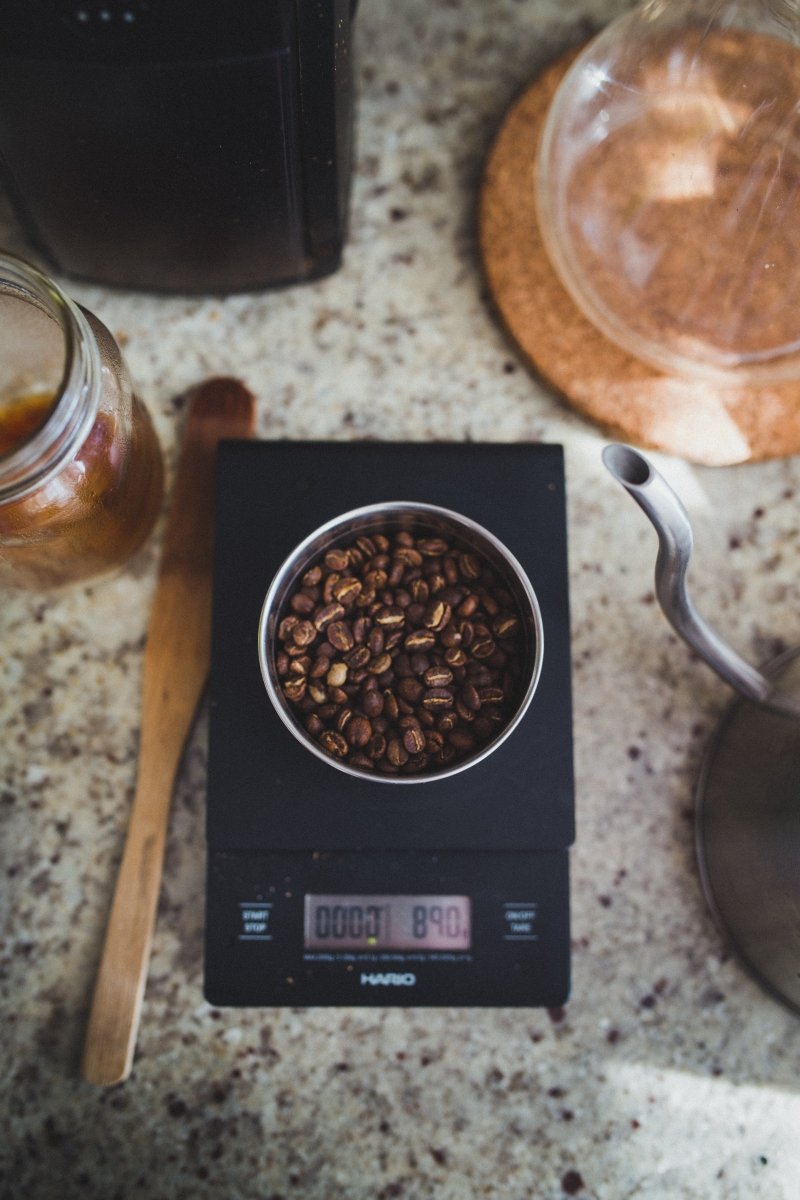Le terme « troisième vague du café » fait désormais partie intégrante de notre vocabulaire quotidien. Il désigne notre rapport au café tel que nous le connaissons aujourd’hui : un café sur mesure, dont l’origine, la recette et l’apparence peuvent être gérées. Mais parler de « troisième » vague signifie que nous avons connu une première et une deuxième vague par le passé. C’est pourquoi Café Liégeois vous propose une leçon d’histoire concernant le café au siècle dernier.

La première vague : le café utile
Au début du XXe siècle, le café avait une fonction simple : apporter de l'énergie. La fonction de la boisson caféinée trouve son apogée tout au long des guerres, où l'on donne de la caféine aux soldats pour masquer leur fatigue sur les champs de bataille. C'est dans cette optique qu'est synthétisé le café soluble : un café rapide et bon marché, dont le goût n'a pas d'importance tant qu'il possède une valeur caféinée élevée.
La deuxième vague : le café plaisir
Durant les Trente glorieuses et le développement d’une société de consommation, de petits coffee shops comme Starbucks ont ouvert leurs portes, apportant avec eux l’importance du goût du café. Les consommateurs ont alors redécouvert des nuances, des origines et la fabrication de ce breuvage. De nouveaux aspects du café ont également fait leur apparition : déclinés en cappuccino, moka, latte, etc. La pause café devient alors un moment de bien-être, à savourer.
Troisième vague : le café comme œuvre d’art
C'est grâce à un mouvement né à Portland en 2002 que le café a réussi à gravir les échelons de la gastronomie. On lui confère le statut de produit artisanal et subtil, fruit d'un processus complexe.
De même, de nouveaux métiers font leur apparition : les baristas deviennent une véritable référence et sont surnommés les sommeliers du café.
Outre son goût, l’apparence du café a désormais son importance ; le latte art devient une discipline qui se démocratise de plus en plus.

